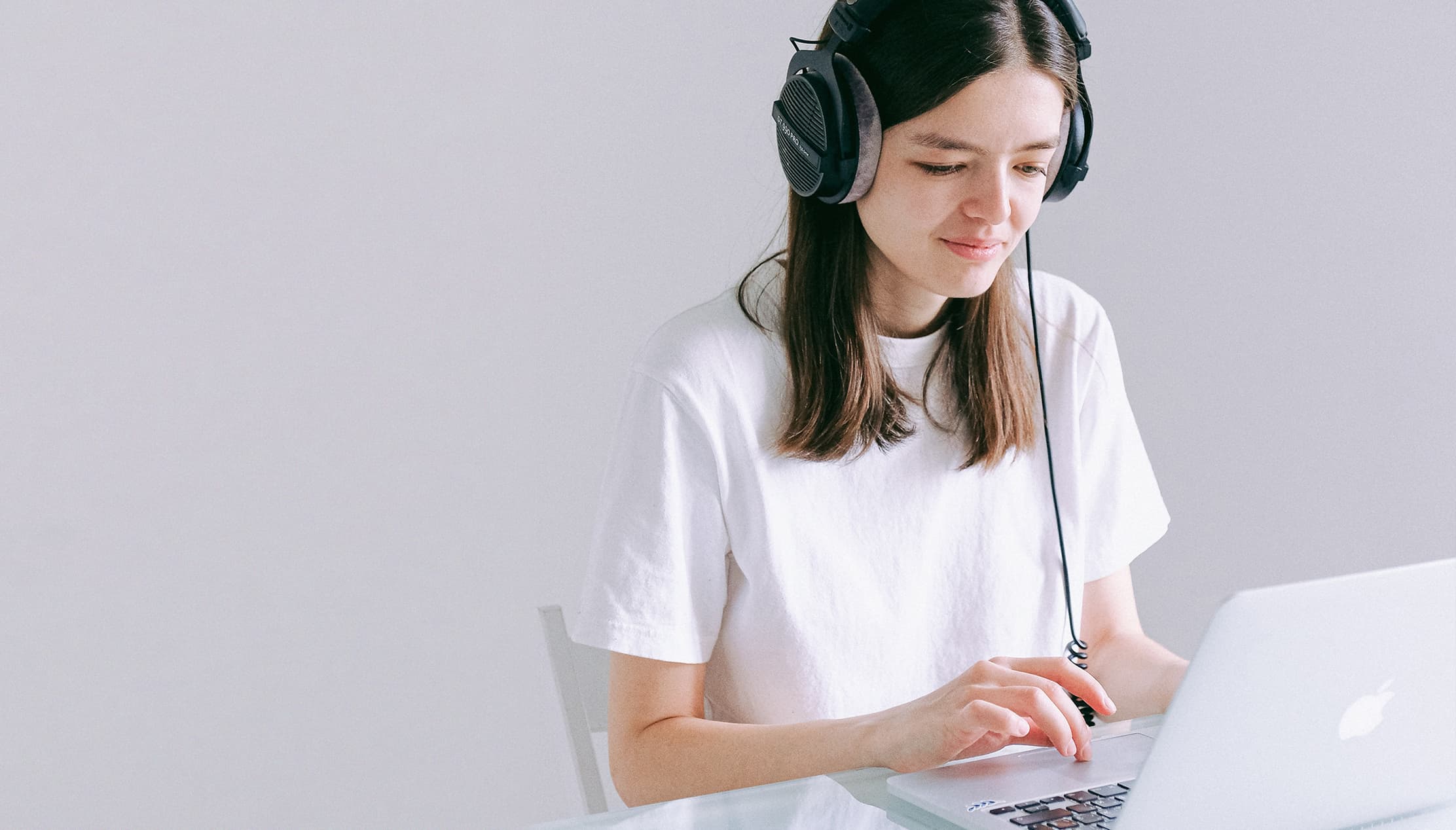Has lockdown become a pain in the neck?
We’ve spoken to the team at GW Osteopathy about how to alleviate your ‘Text Neck’.
Following on from Ali Fisher’s article ‘Lightening your digital footprint’ and the discovery of the fact that most of us have been spending too much time during the lockdown on our laptops, tablets and smartphones we explore the physical impact on our bodies and what we can do to counteract this. Stoughton Pages spoke to Gemma Ware and her team at GW Osteopathy about what actually makes us ache when looking at our devices and is there anything that we can do to alleviate the stress and stiffness.
Did you know the average persons head weighs around 5kg? That’s the same as a gallon of paint and that weight is balanced on just 7 small vertebral bones and supported by 20 muscles around the head, neck and shoulders, so your muscles are almost constantly working to stabilise a 5kg weight.
However, that weight is relative to the position the head is in, the further forward you take the head, the more stress you place on other structures and tissues, such as muscles, discs and nerves. Their function is compromised and imbalanced meaning these tissues are overworked leading to pain.
This poor posture over time can lead to all kinds of physical problems from neck and upper back pain, headaches, TMJ (temporomandibular joint) pain and may include poor concentration and productivity levels.
So, while the head’s weight stays the same, if you’re looking down at your phone or laptop, your neck could be supporting up to 22kg of relative weight! This increase in work for the muscles, often for long periods of time, means the muscles tighten up and begin to ache and cause knock-on problems for structures in the neck and shoulders, a condition more commonly referred to colloquially as Text Neck.
With recent lockdown restrictions and an increase in people working from home with poor ergonomics at their work station, we have been seeing more requests for help with neck, upper back, and muscle pain as the average time people spend looking at screens has risen from 9 hours a day, pre-lockdown, to nearly 11 hours a day in more recent times.
Poor posture over time can lead to all kinds of physical problems from neck and upper back pain, headaches, TMJ pain and may include poor concentration and productivity levels.
The longer people sit in front of a laptop or computer the more their posture fatigues causing stiffness and pain, and so, we have put together some advice for keeping you mobile and healthy at home:
1 Unload the muscles
The first thing we can do to avoid stressing the neck for long periods of time is; stop stressing it! Lift your phone a little and raise any screens you use regularly to eye-level. Remember the simple rule – top 1/3 of the screen should be level with your eyes. Sit tall and centred on your screen, stand tall and centred if you have the option of a standing desk. Point your head, shoulders, hips and feet in the same direction at the screen you are using. Draw your shoulders down and keep your back straight.
2 Get up and get moving
Sitting at your desk for a long while makes it easy to slouch, bringing the head forward and loading the neck. Get up and about every hour or so, even if it’s just to get a glass of water, to stop your body settling into tense postures. Walk tall and proud when out walking. It helps to improve your posture, walk at a pace which gets your heart beating faster.
3 Stretch it out
Tensions building up in muscles is the most common root cause of a lot of musculoskeletal issues, and Text Neck is a perfect example. So, stretching the muscles out a little each day helps to prevent that tension building up.
Here’s some simple stretches to try at home or you can find some great Pilates flow’s online. We recommend Beginner Pilates Class Part 1 of 4 by The Girl With The Pilates Mat on YouTube.
Chin Tuck – place two fingers against your chin, tuck it down towards your chest and gently push your head backwards until you feel a stretch just under your skull. Hold that for 10 seconds and relax. This is a great one for stretching out the small muscles that have to pull the head up when the head goes forward.
Pectoral Stretch – put your elbows by your sides and turn your arms outwards until you feel a stretch in front of your shoulders and hold for 30 seconds.
Sit centred on your chair, fold your arms and rotate through your spine from side to side, sit tall. If your bottom moves you’ve rotated far enough x 10 to each side.
Arm circles – sit tall and spread your arms out to the sides, level with your shoulders. Draw 10 circles in 1 direction and then reverse the move x 10.
Stand up and do 10–20 squats, bending your knees and hips as if your about to sit down and straighten back up again. It gets the large muscles of the legs working.

On an exercise mat lie face down, arms down by your side, gently lift your head, chest and shoulders off the matt and lower back down x 10.

On hands and knees, keep your neck and spine straight, look at your hands and straighten 1 leg out behind without letting your spine/neck move. Lift and lower x 10 and change legs, or progress to lifting opposite arm at the same time.
GW Osteopathy run an osteopathy and sports therapy practice in Guildford and are about to open a new clinic in Stoughton, at Parklands on Queen Elizabeth Park.
For further advice contact them via www.gwosteopathy.co.uk or call 01483 400207.


